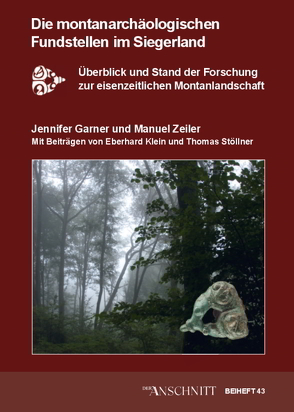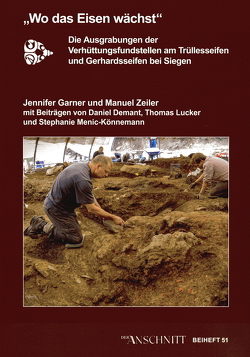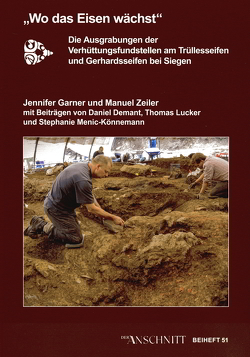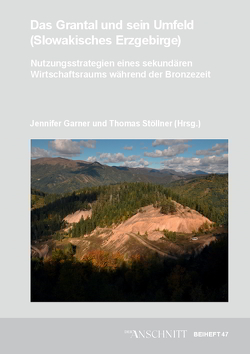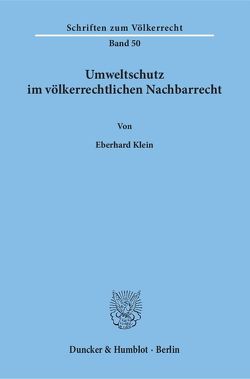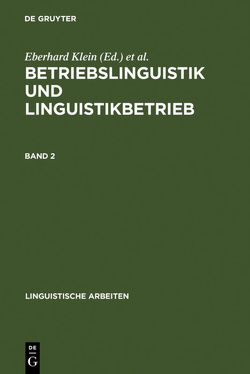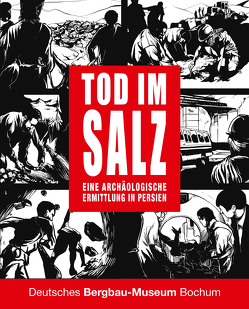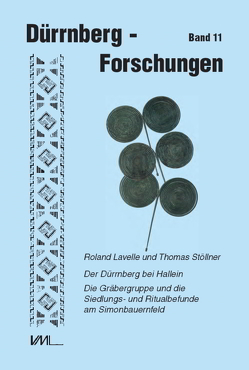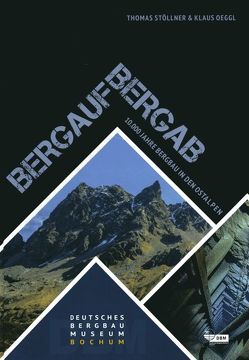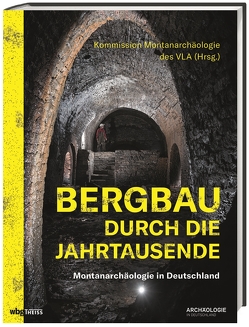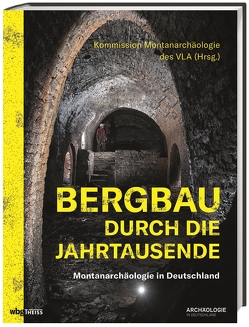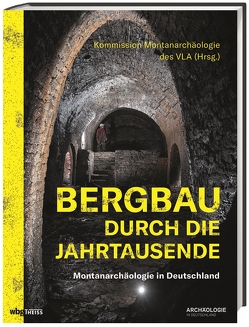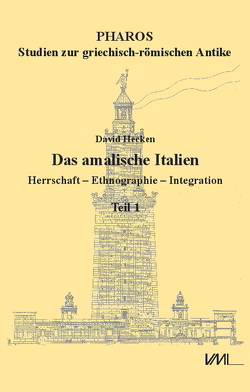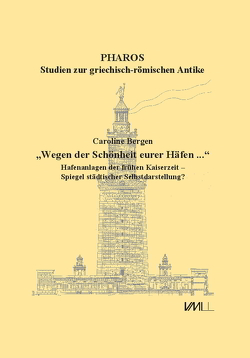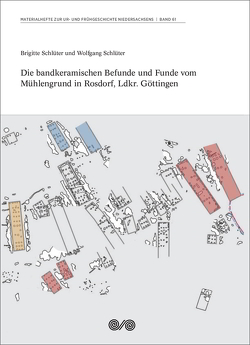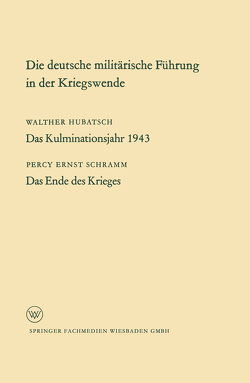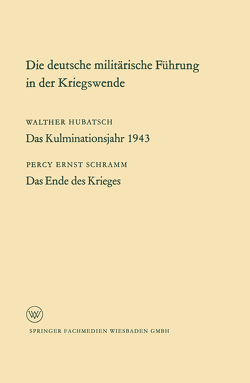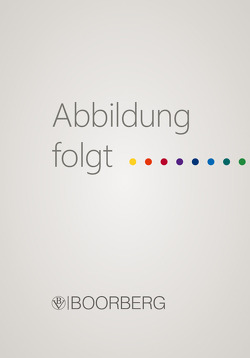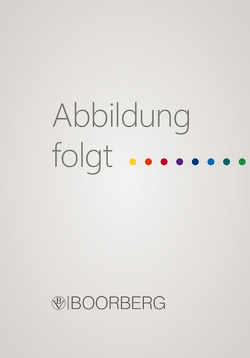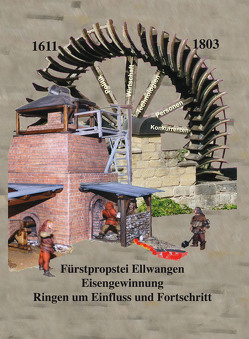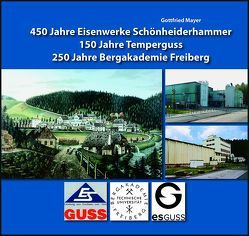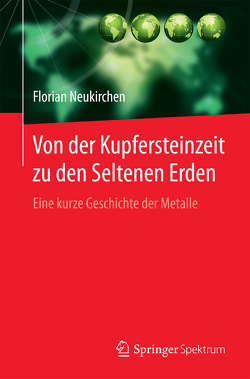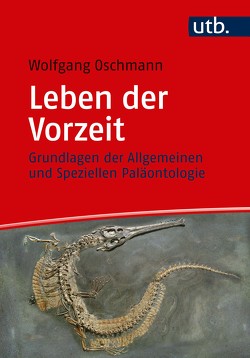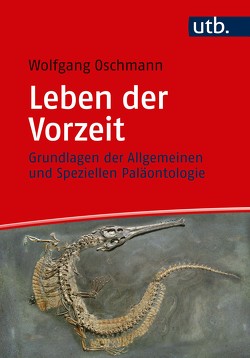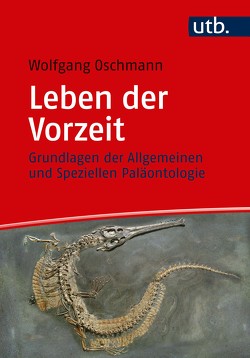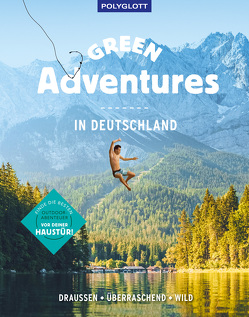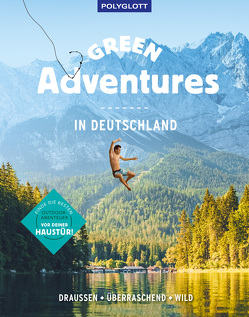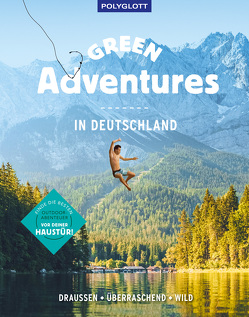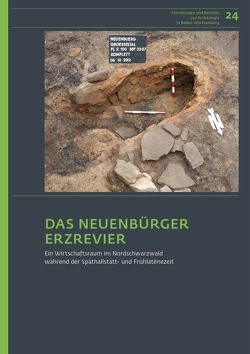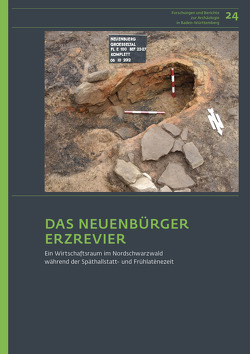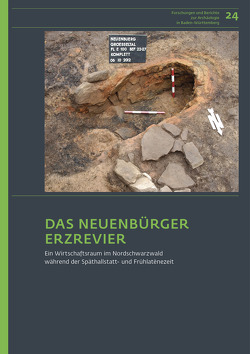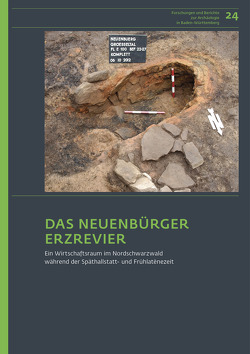Studien zur Montanlandschaft Siegerland / Die montanarchäologischen Fundstellen im Siegerland
Überblick und Stand der Forschung zur eisenzeitlichen Montanlandschaft
Jennifer Garner, Eberhard Klein, Thomas Stöllner, Manuel Zeiler
Thanks to its extensive ore deposits, the Siegerland has a rich mining and smelting history, whose beginnings date back to the Pre-Roman Iron Age. Large-scale exploitation of ores in the region possibly began as early as the 5th century B.C. and was especially intense from the 3rd to the end of the 1st century B.C., when an economic region focusing on steel production developed. Given the number and state of preservation of sites connected to metallurgy, as well as the degree of specialisation of this mining landscape, the Siegerland can be counted among the most important production areas of Iron Age central Europe. A co-operative project between the Deutsches Bergbau-Museum Bochum, the Ruhr-University Bochum and the LWL-Archäologie für Westfalen, Olpe office, funded by the Deutsche Forschungsgemeinschaft, has explored the Iron Age mining landscape of the Siegerland. The project focused on the reconstruction of production chains, from iron ore to the finished product, as well as on the economic area itself and its development. This was achieved through large-scale surveys, geophysical prospection and archaeological excavation of selected sites. In addition, we carried out archaeometallurgical analyses on production residues and the ores themselves, as well as archaeobotanical and geoarchaeological investigations in order to reconstruct the natural landscape. This publication presents the results of the archaeological surveys, excavations and mapping. The work of the project team is considerably broadened through the analysis of prior excavations and maps, beginning with late 19th century work. Most of these investigations could be included and are here published for the first time.
